A lot of people learn the rules of the game, a lot of players are competitive, but fewer become Chessmasters. Here’s your blueprint to becoming one.
Learning the rules of chess can already feel like a chore at times. Have you ever thought of how challenging it is to become a titled player or a grandmaster? And in the Philippines, grandmasters are few and far in between.
Eugene Torre was the first Filipino to earn the grandmaster title in 1974, and the country has only seen a handful of GMs since then.
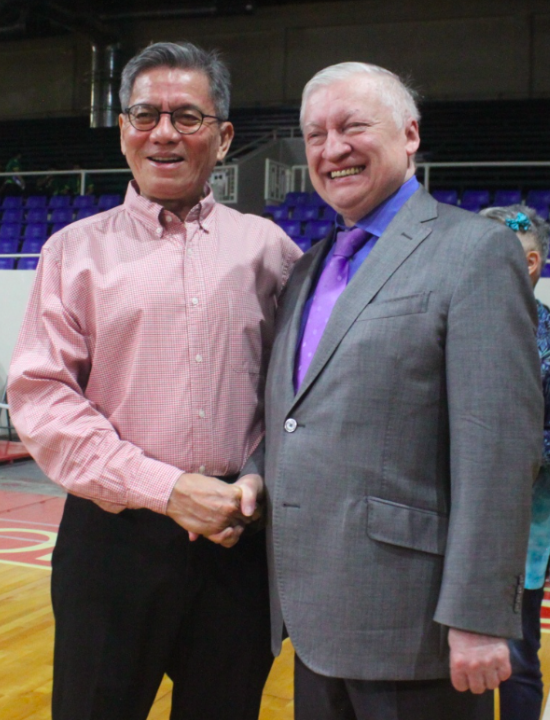
So, what exactly does it take to become a grandmaster?
The ELO Rating System: How to Rank Up
A player who wishes to become a Chessmaster must first obtain an ELO rating.
The ELO rating system, invented by Hungarian physics professor Arpad Elo, is a method for calculating the relative skill levels of players in zero-sum games such as chess. Other games and other sports also use this system, such as basketball, football, and Dota, among others.
However, in chess, the ELO ranges from 1000 (a complete novice) to 2800++ (a super grandmaster). In addition, ELO ratings are separately tracked into Standard/Classical, Rapid, and Blitz game formats.
READ: An Introduction to Chess: Part 1 – Game Formats
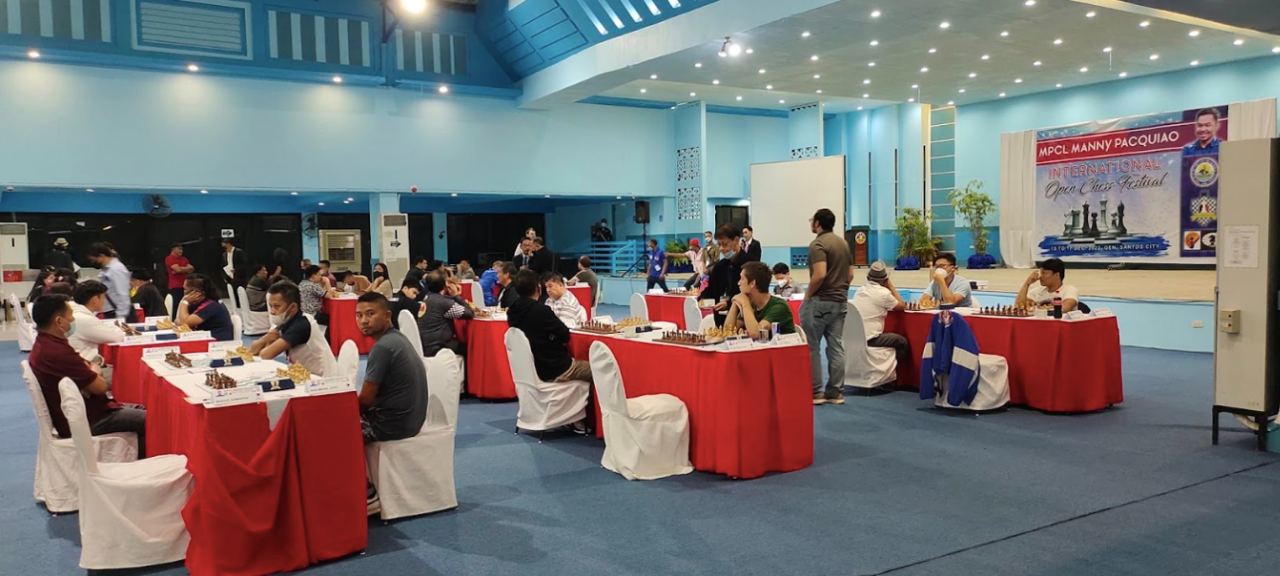
In the Philippines, An ELO rating can be obtained by joining local chess tournaments that are in the classical format, and are sanctioned by FIDE — the international governing body of chess. The National Chess Federation of the Philippines (NCFP) frequently organizes tournaments like these, including the National Open, the National Juniors, and the Age-Group Championships.
On top of this, private entities and corporations also organize FIDE-sanctioned events, such as what the now-defunct Far East Bank and Shell used to do.
ELO 2200: Candidate Master
The first milestone for every aspiring Chessmaster is to be a “candidate master.”
This can be achieved by hitting an ELO rating of 2200 — which is easier said than done. However, for players rated between 2000 and 2200, there are various ways to gain the title. One such way is by reaching a podium finish in the World Youth Championships (U16, U14, U12, U10, and even U8). This is the reason why a lot of young kids can already become Candidate Masters and FIDE Masters.
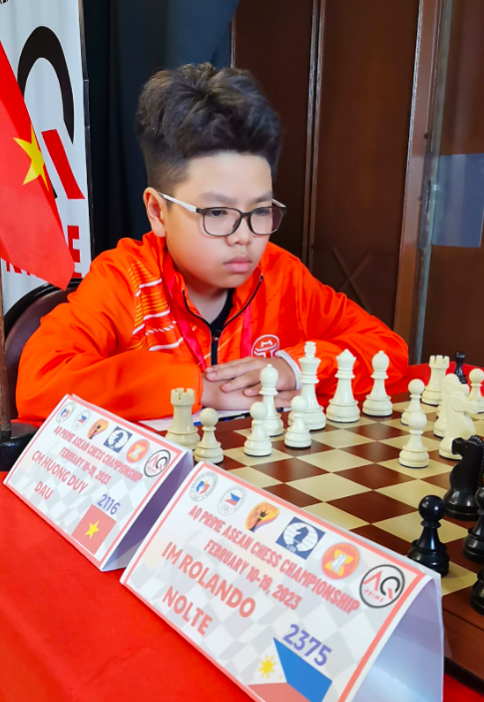
ELO 2300: FIDE Master
The FM title was introduced in 1978 and can be achieved in a number of ways — finishing second or third in a Continental chess tournament, winning any age bracket of the World Youth Championships, or scoring 65% in the Chess Olympiad.
READ: An Introduction to Chess: Part 2 – Chess Tournaments
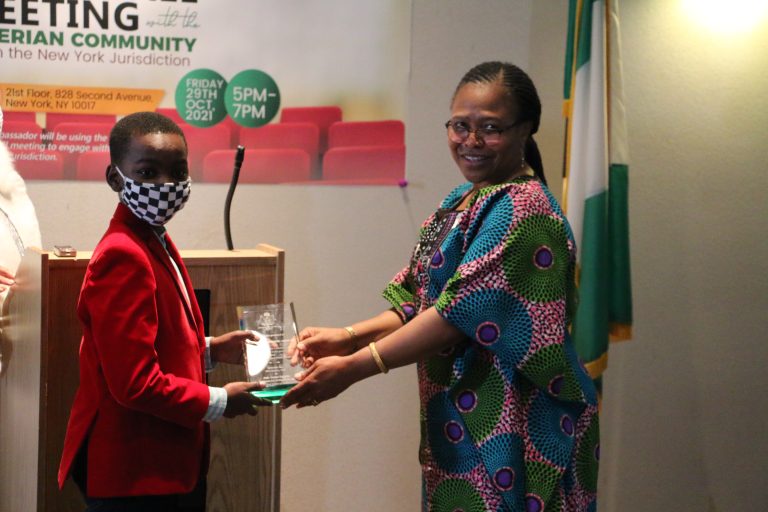
ELO 2400: International Master and Norms
As the ELO rises, the competition gets tougher, thus making it harder for a player to earn more points.
The FIDE Master title can be earned instantly with a bit of luck at a U-10 tournament, but the International Master title demands a little bit more than that.
The International Master title is awarded to strong chess players who are below the level of grandmaster. It is a lifetime title, usually abbreviated as IM, instituted in 1950 together with the GM title.
At this point, hitting the 2400 barrier is not sufficient for a player to earn the title — a player is required to have three title norms, plus the 2400 rating. To put it simply, a NORM in chess is a high level of performance in a chess tournament, usually measured using the player’s performance rating (PR) over a tournament, and the strength of the tournament itself (determined by the average rating of participants).
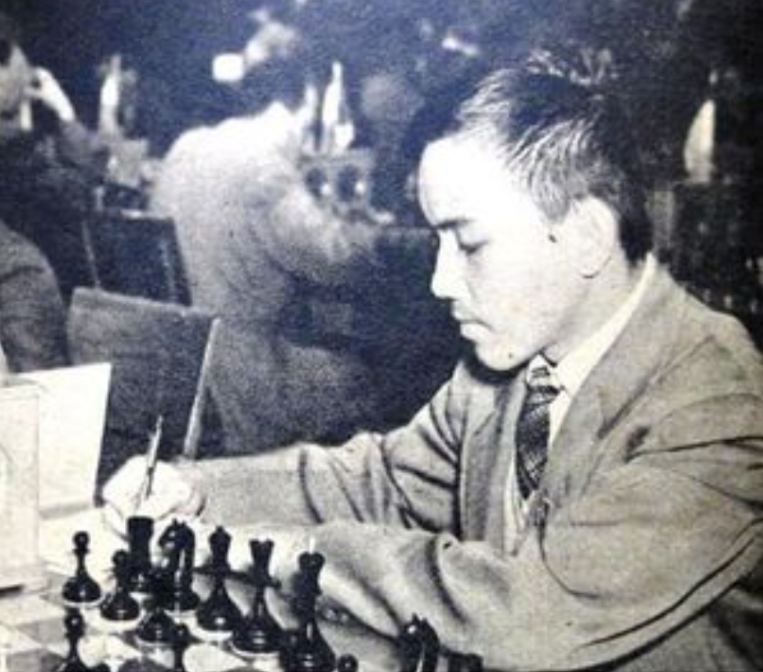
The presence of stronger players in a tournament means better chances of earning norms, though it also means tougher games to win. For example, an IM norm generally means a PR of at least 2450 over nine games, with the field having an average rating of 2230; or to put it crudely, beat 9 FIDE Masters in an international tournament.
Eugene Torre is widely lauded for being Asia’s first Grandmaster, however, Asia’s first International Master was also a Filipino. His name was Rodolfo Tan Cardoso, from Anda Pangasinan, and he earned his IM title in 1958 by winning the Asian Zonal which was held in Baguio.
Cardoso was Asia’s first chess king, beating the heck out of giants such as David Bronstein and Bobby Fischer.
You can check out this game to see a brilliant attack by Cardoso against the renowned Fischer.
ELO 2500: Grandmaster
To say that it is tough to earn a grandmaster title is a definite understatement.
There are cases of prodigies all over the world who become grandmasters before they even hit puberty. But, these cases are actually the exceptions to a more general rule.
The Grandmaster title is awarded by FIDE to outstanding chess players. Apart from World Champion, the GM title is the highest honor a chess player can receive. But how does one earn it? You would have to hit 2500 and get three GM norms — in this case, a PR of 2600 in 9 games, a 2380 field that must include three other GMs, and players from a mix of federations.
Evidently, the conditions for a mere GM norm are challenging to meet.
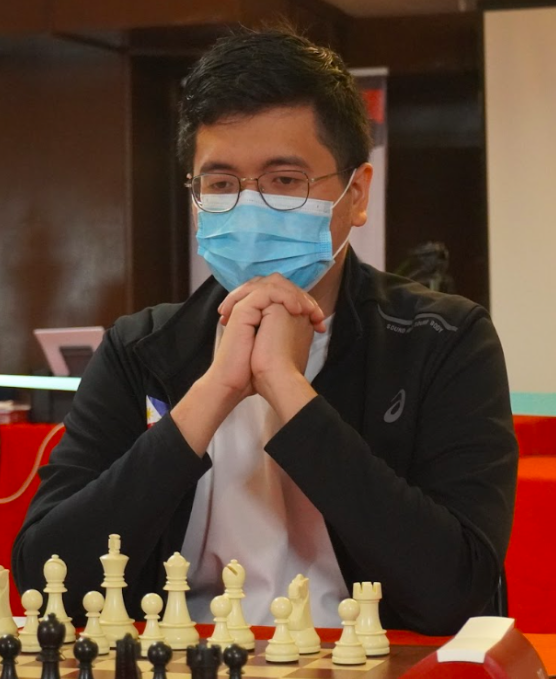
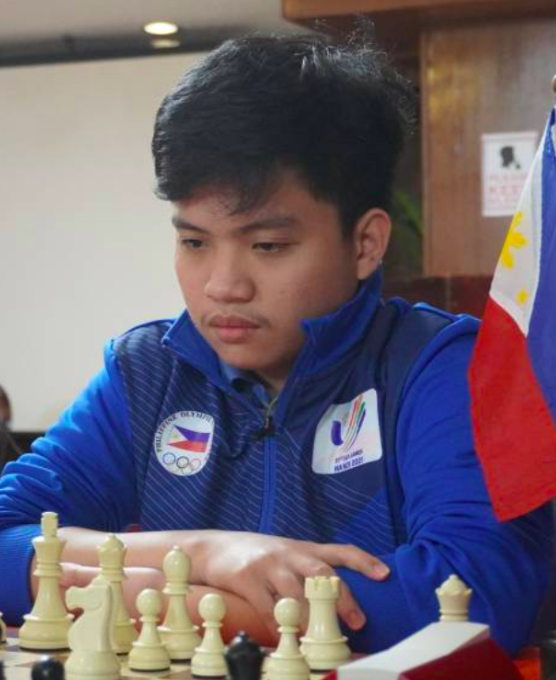
This is precisely why there is only a handful of Filipino Grandmasters. By the time Filipino Chessmasters earn the IM rank, most of them would have to start earning money for a living, thereby delaying their ascent.
Wesley So got his title by the age of 12 because he had great support from the government, along with the private sector, which allowed him to join many strong tournaments overseas. Only full-time chess players can achieve the GM title, and the reality is that many aspiring IMs suffer from burnout from only doing chess eight to 12 hours every single day.
Currently, we have two GM hopefuls in the Philippines — IM Paulo Bersamina (2435) and IM Daniel Quizon (2417). Both of them already have two GM norms, so they only have to work for one more norm and claw their way up to a 2500 ELO.
Banner image from Wesley So on Facebook.
Related Stories:
An Introduction to Chess: Part 1 – Game Formats
An Introduction to Chess: Part 2 – Chess Tournaments
Playing the global game: Filipino athletes around the world
